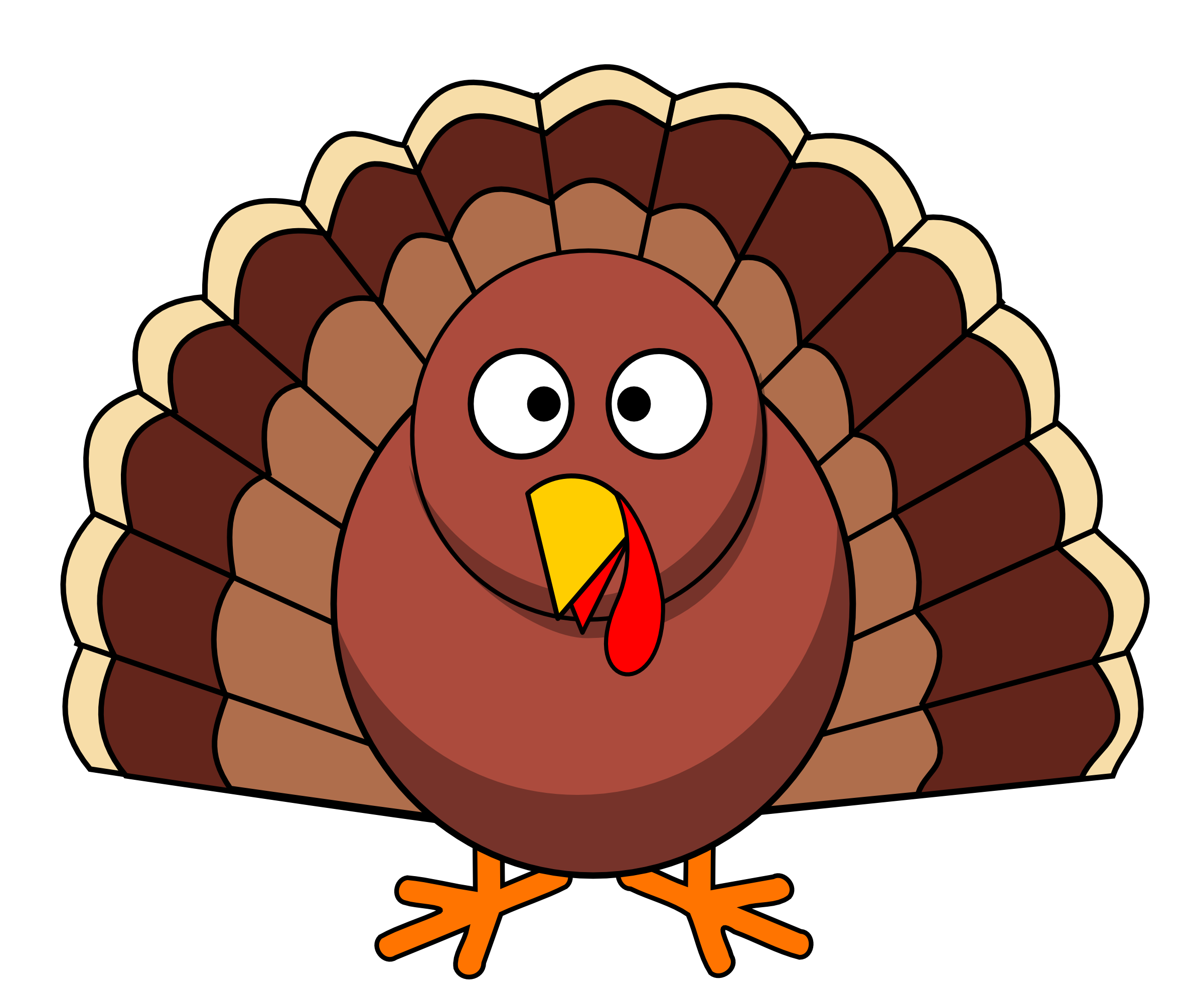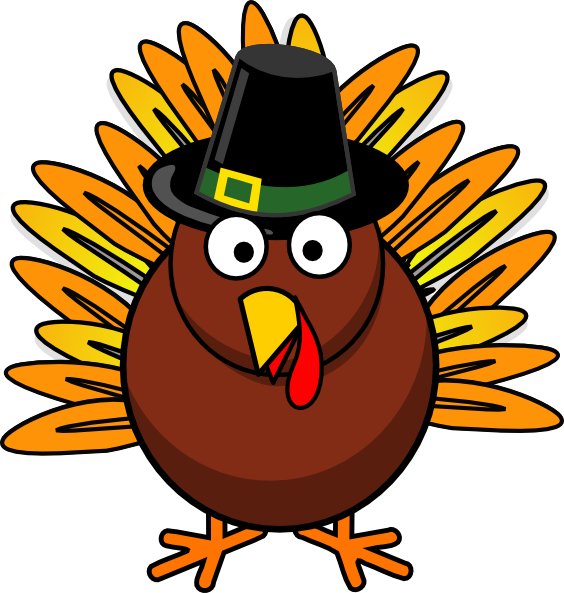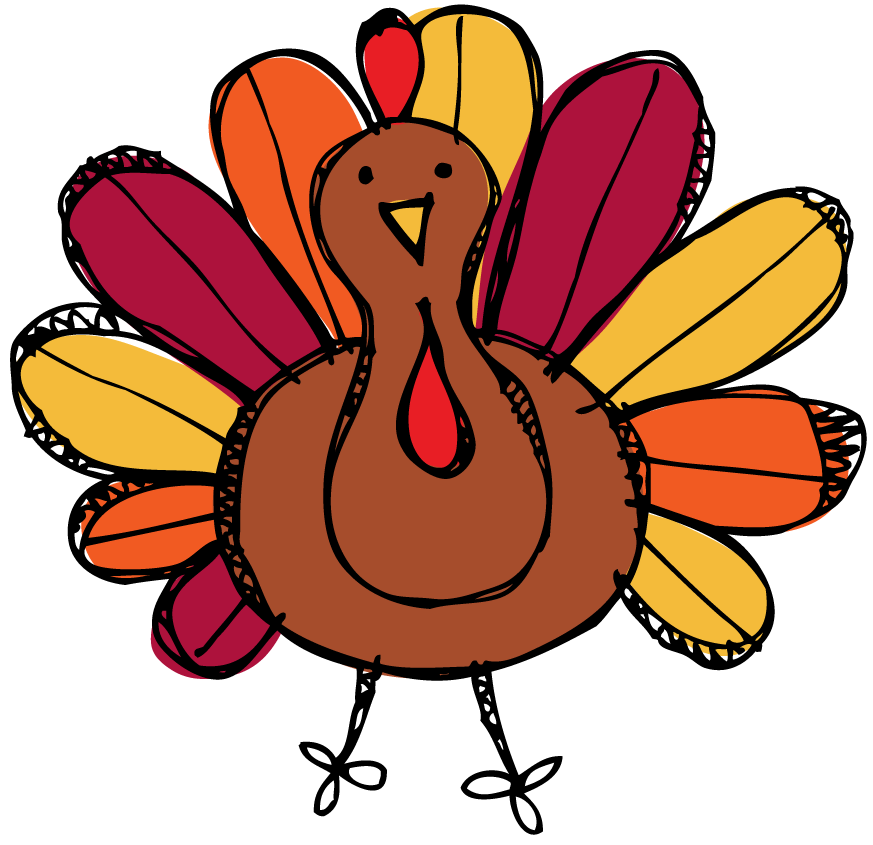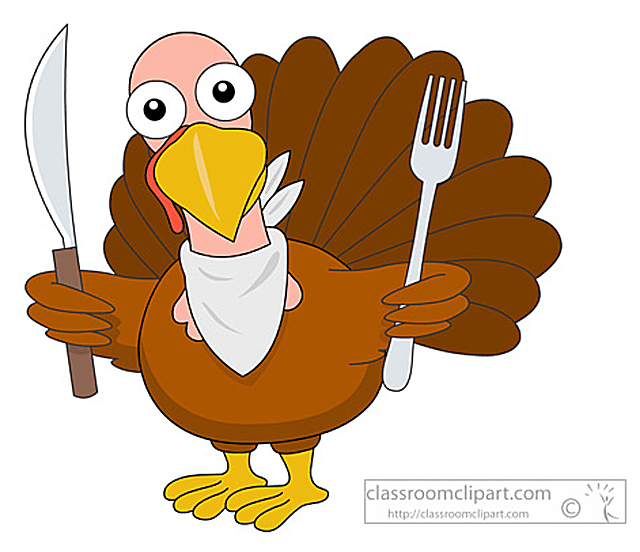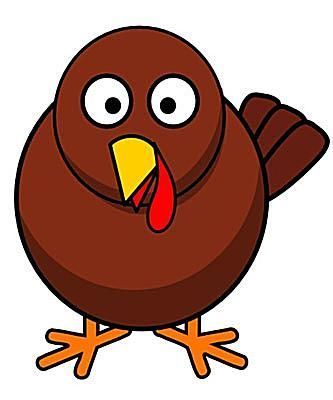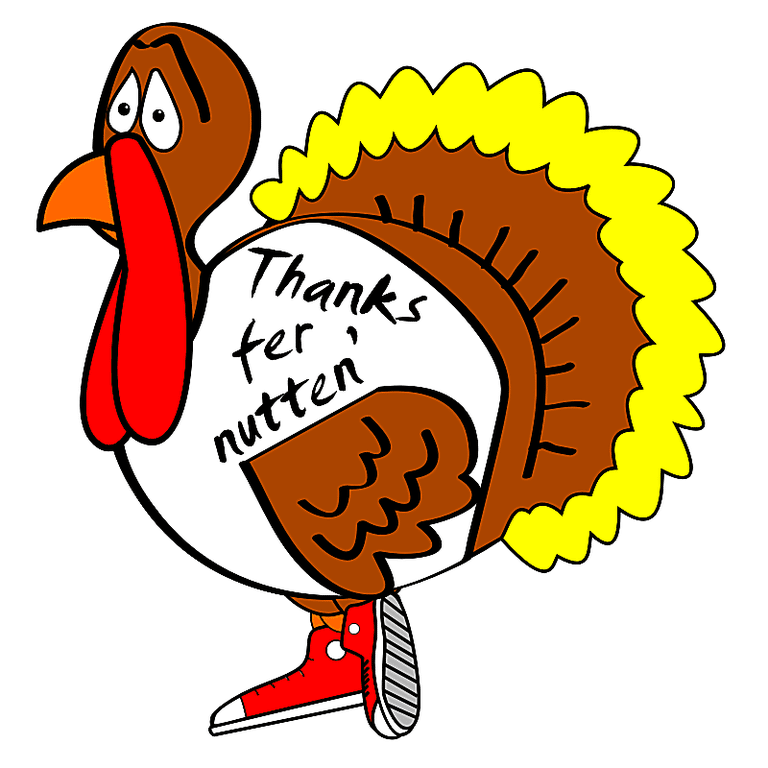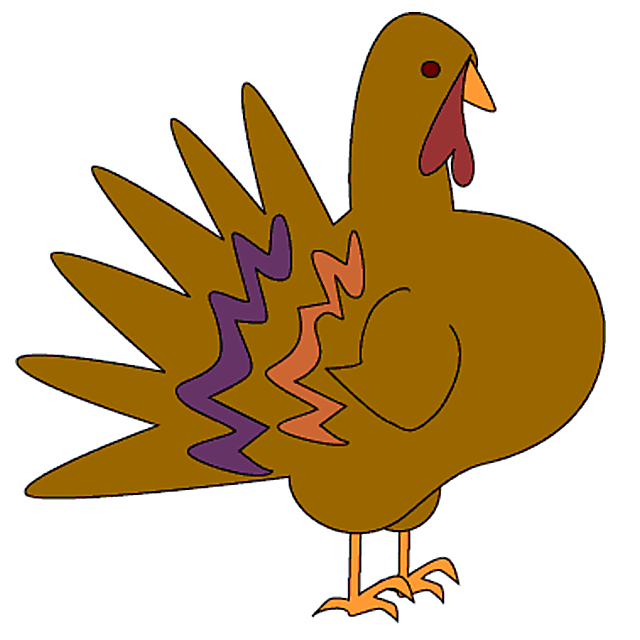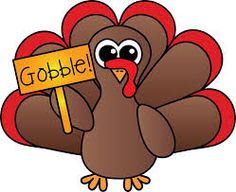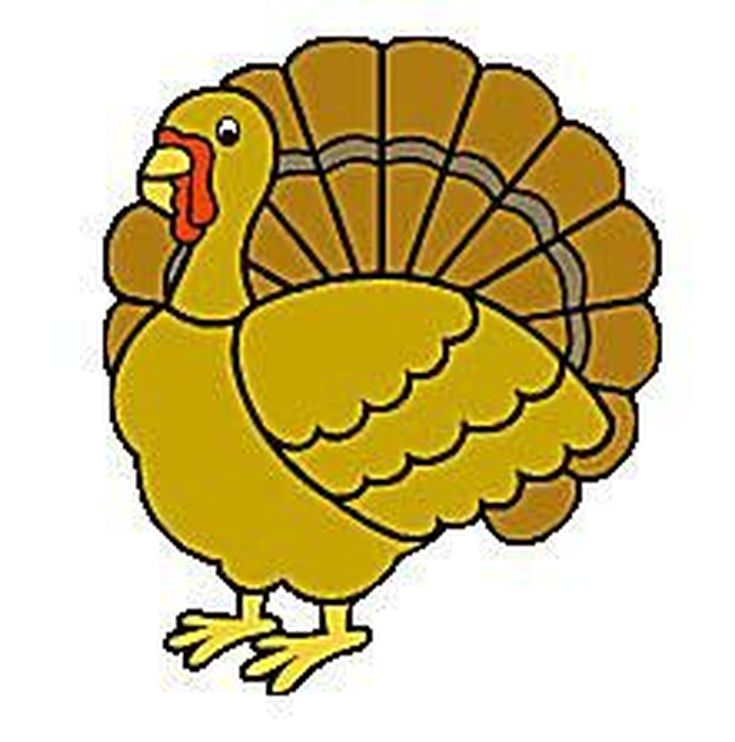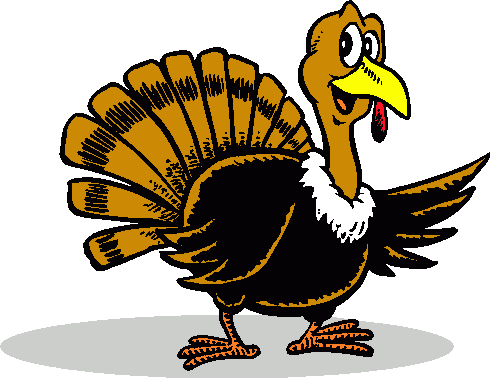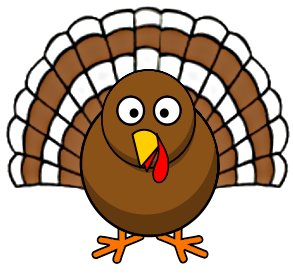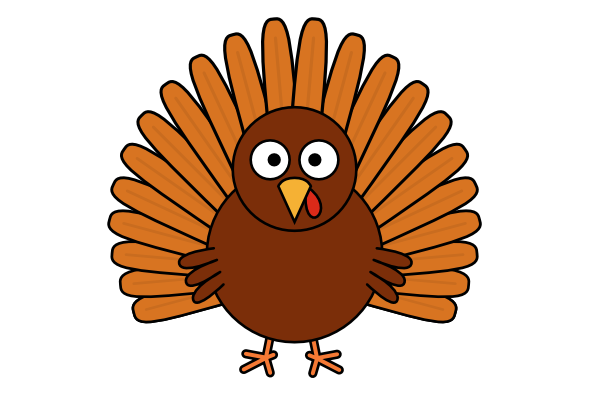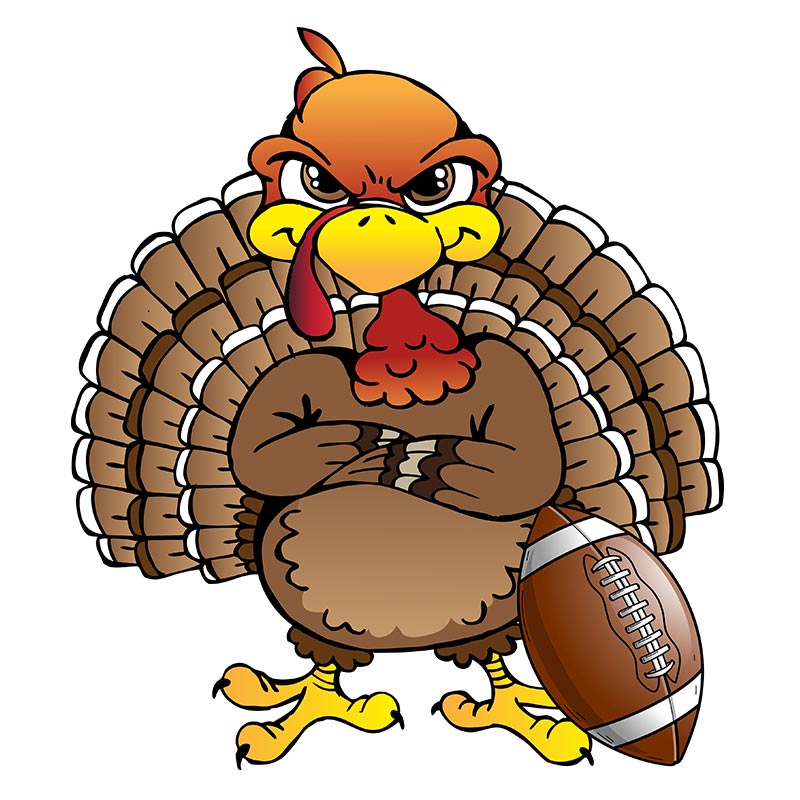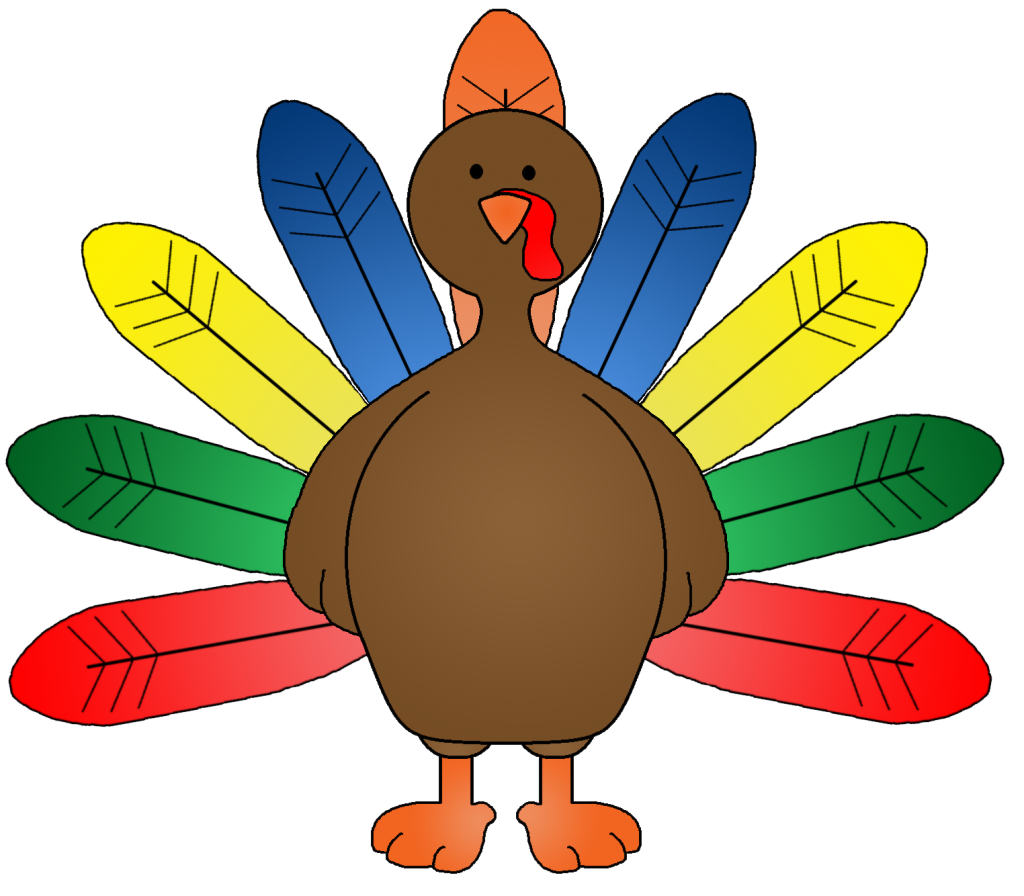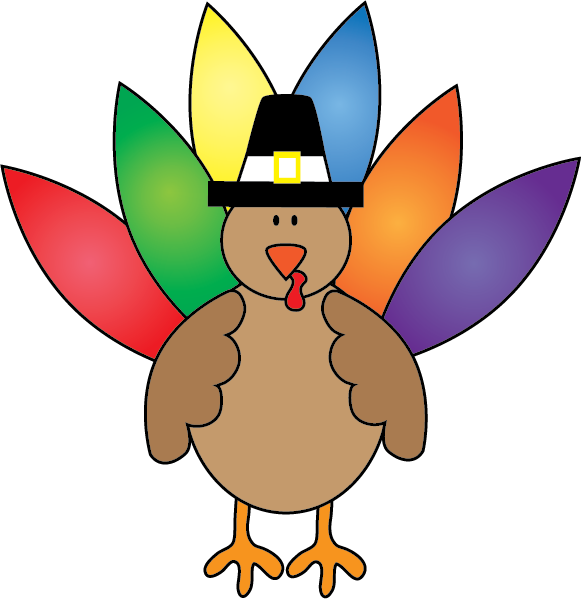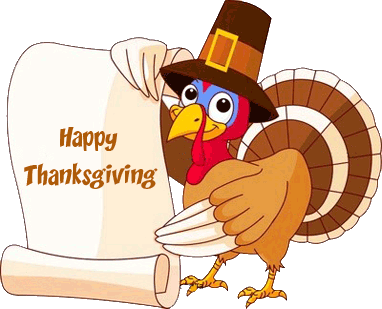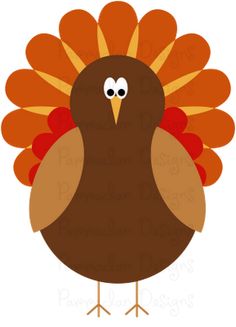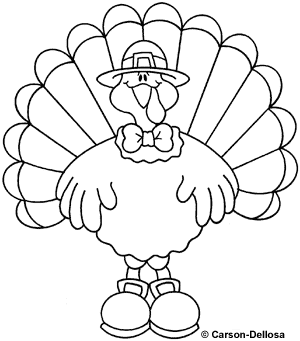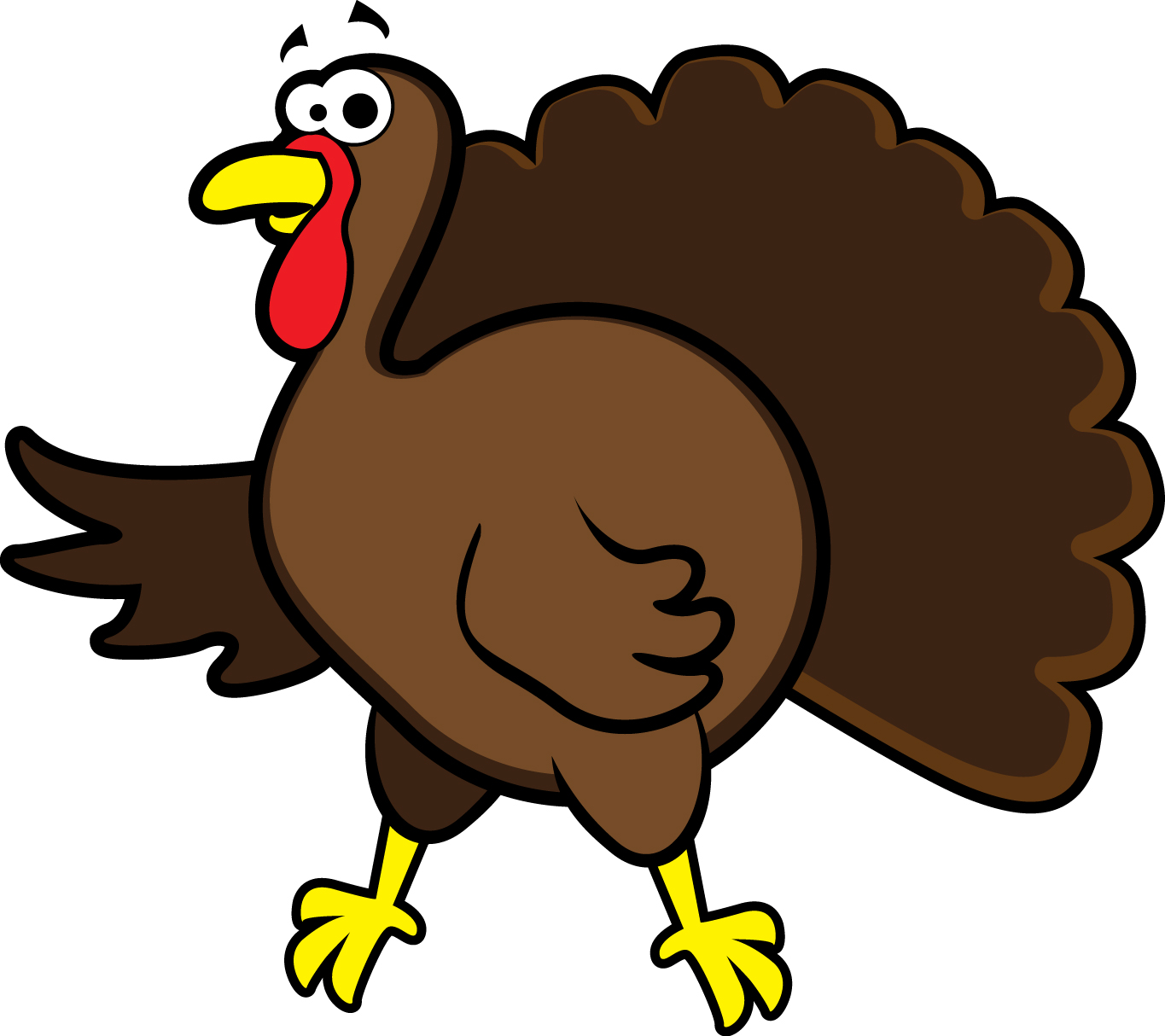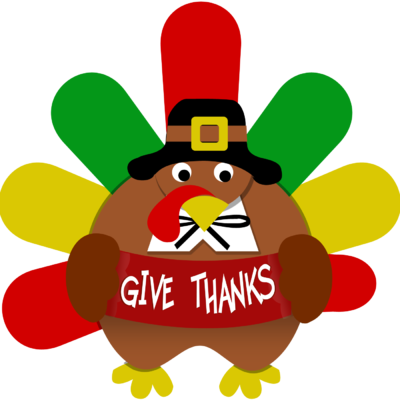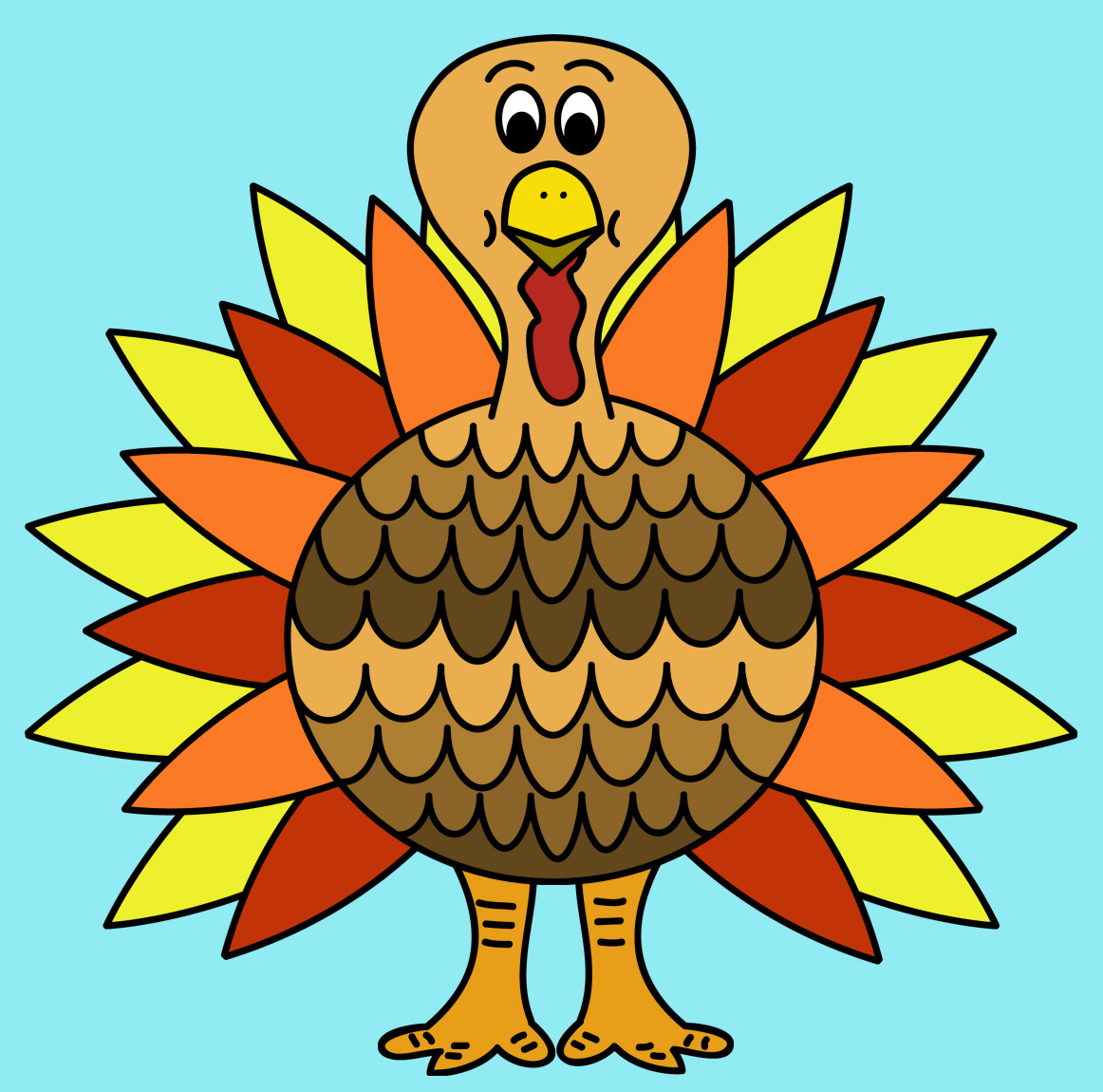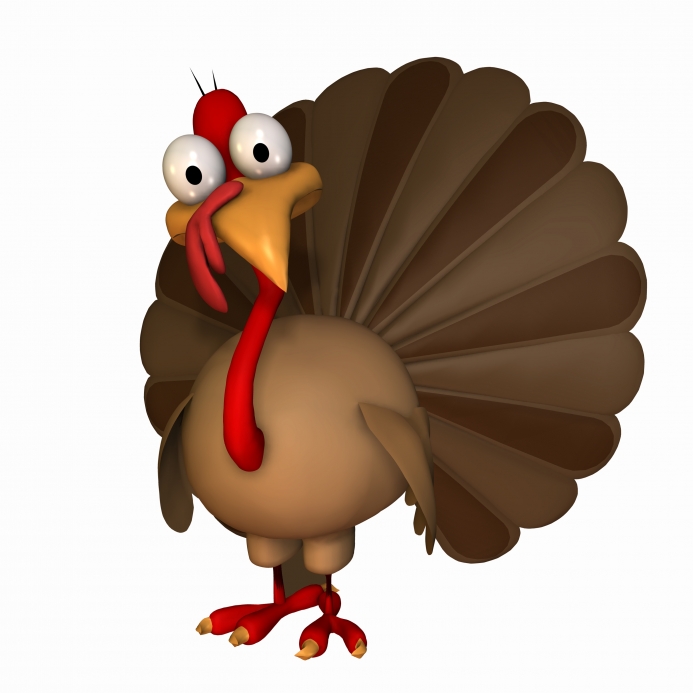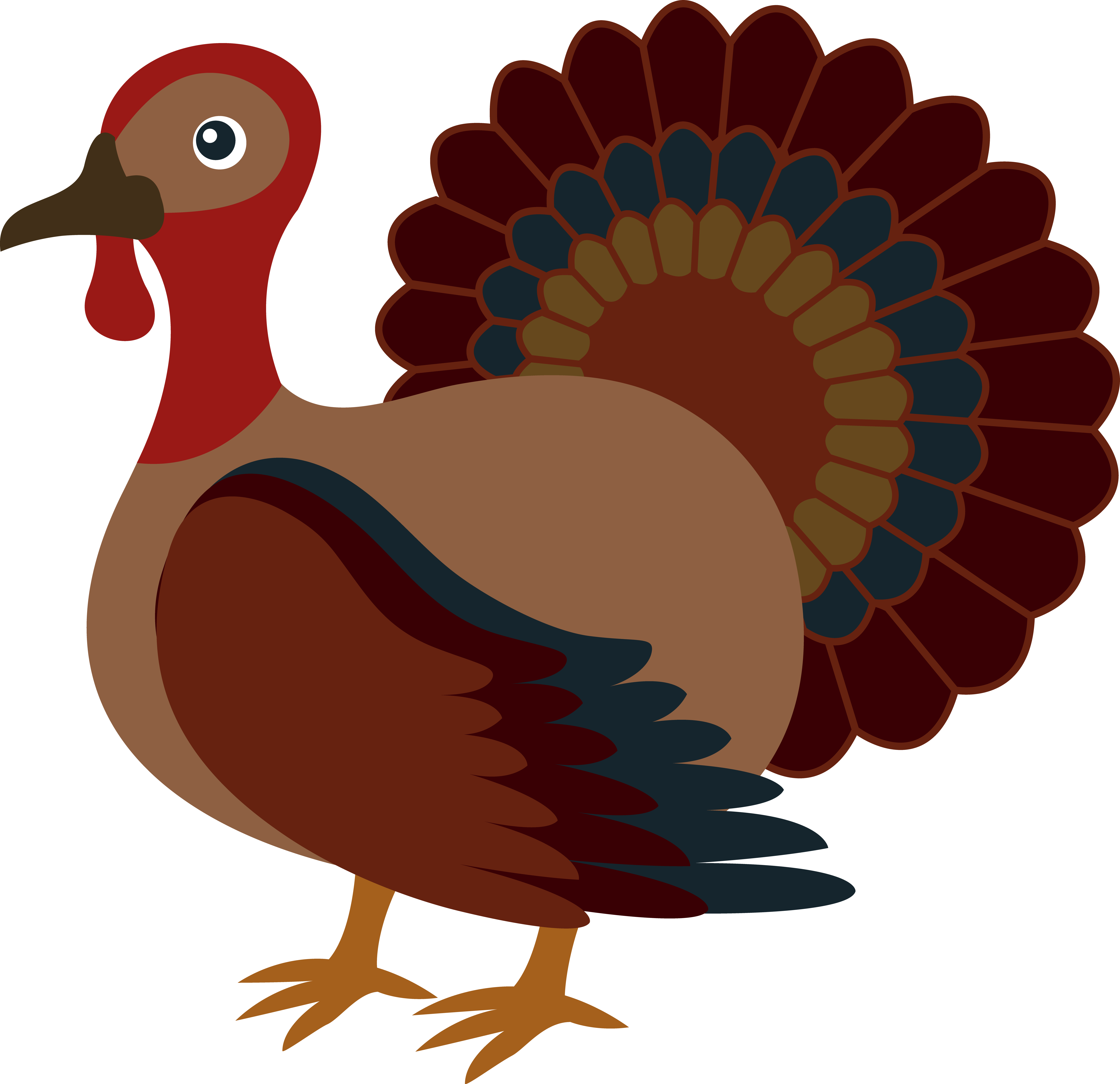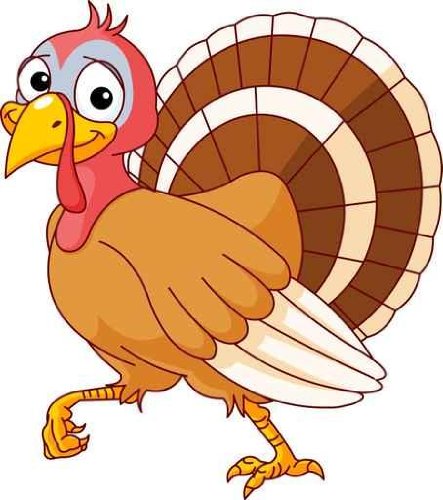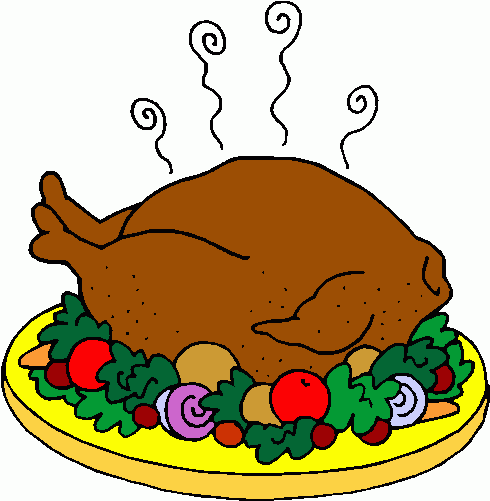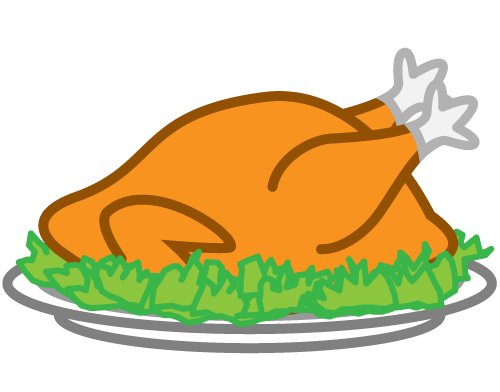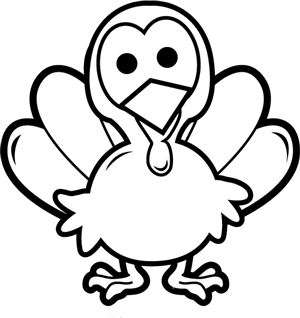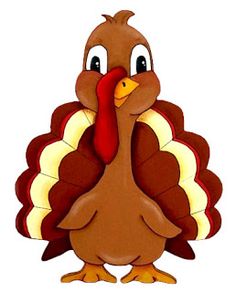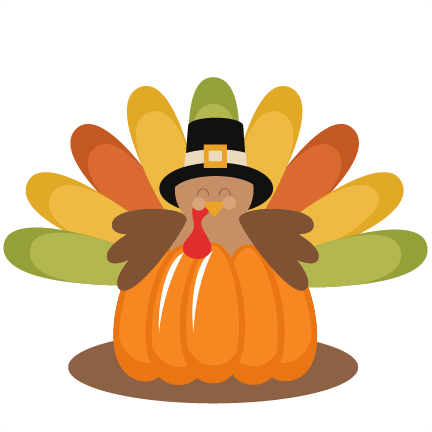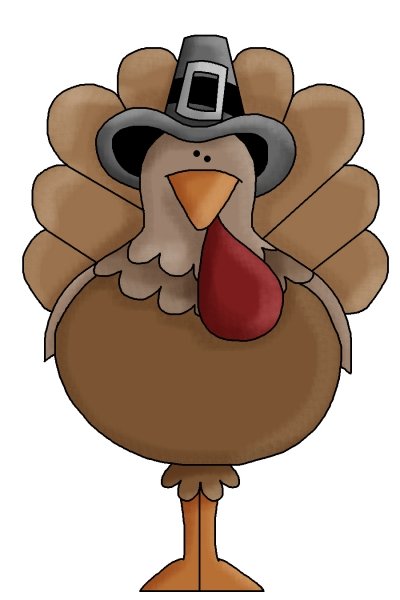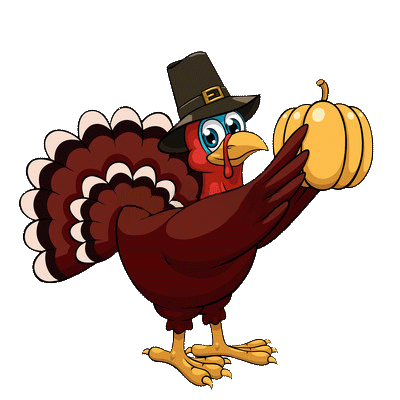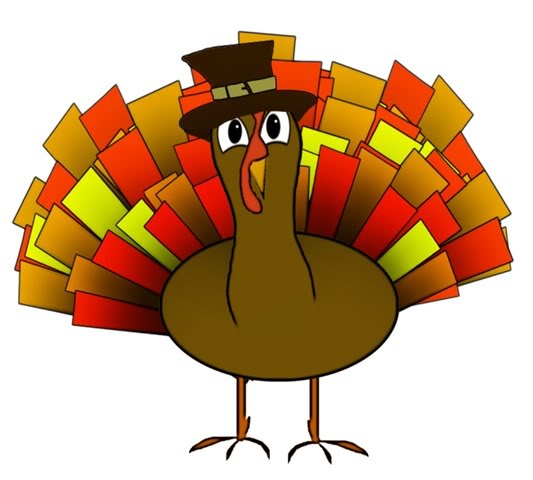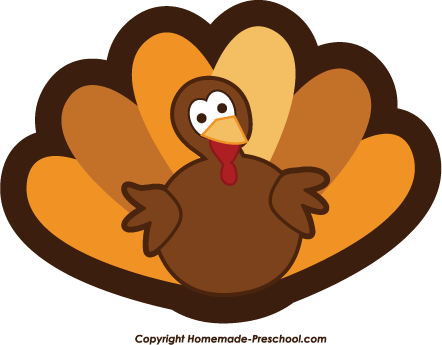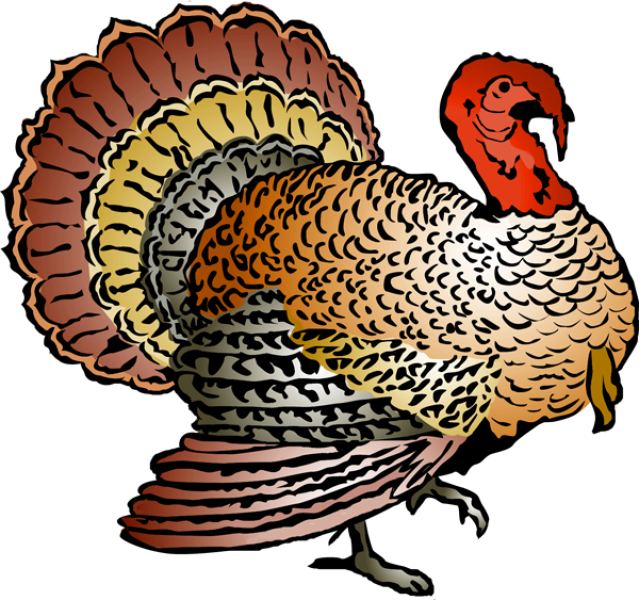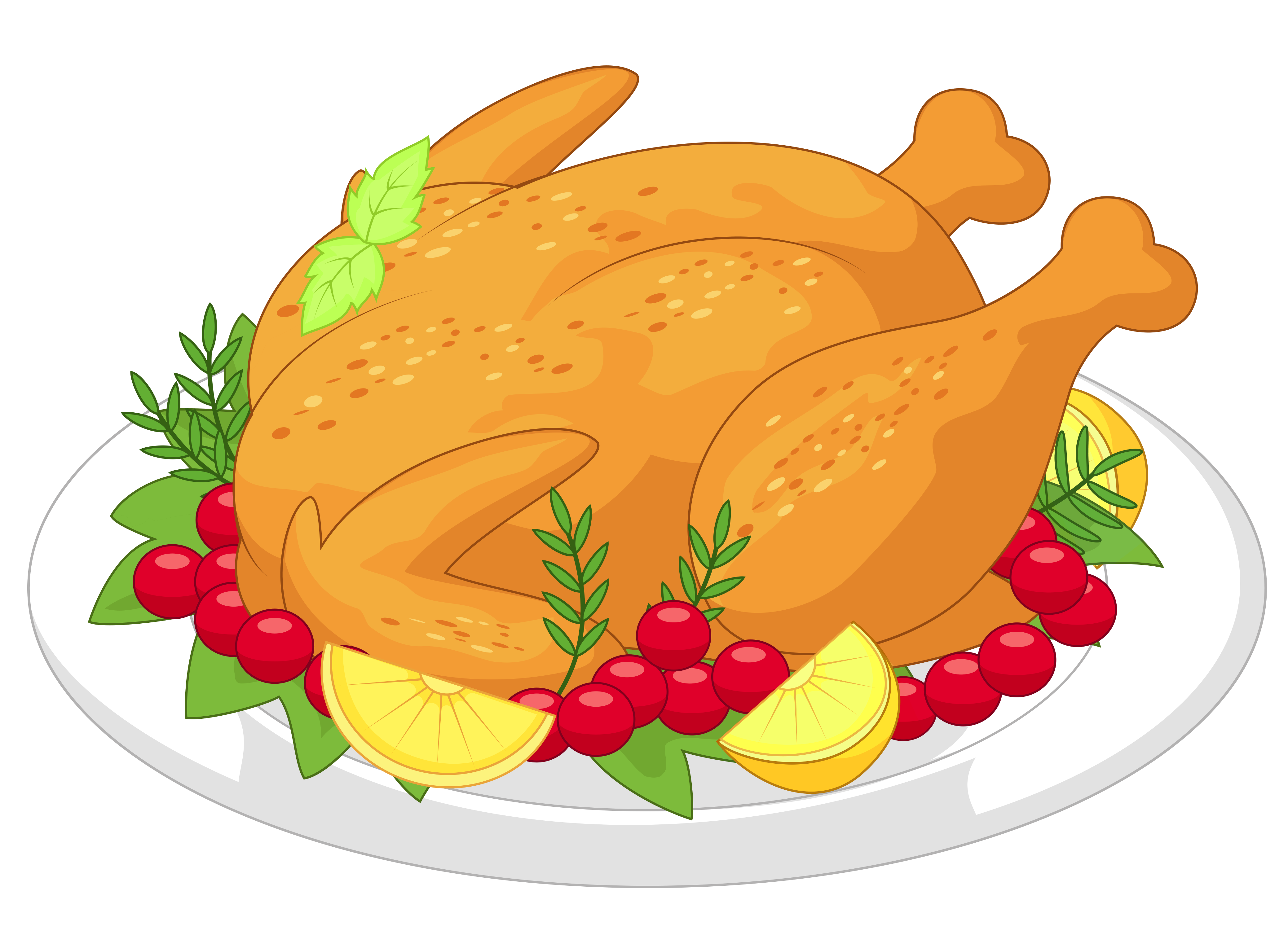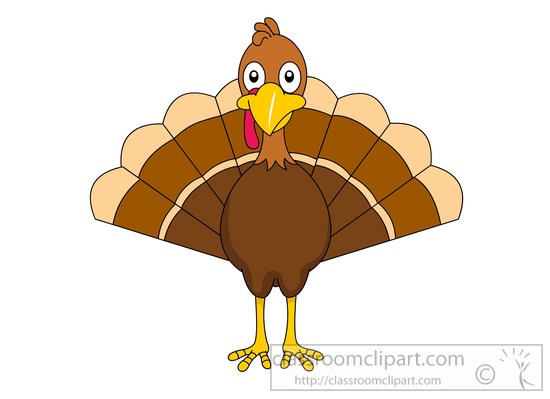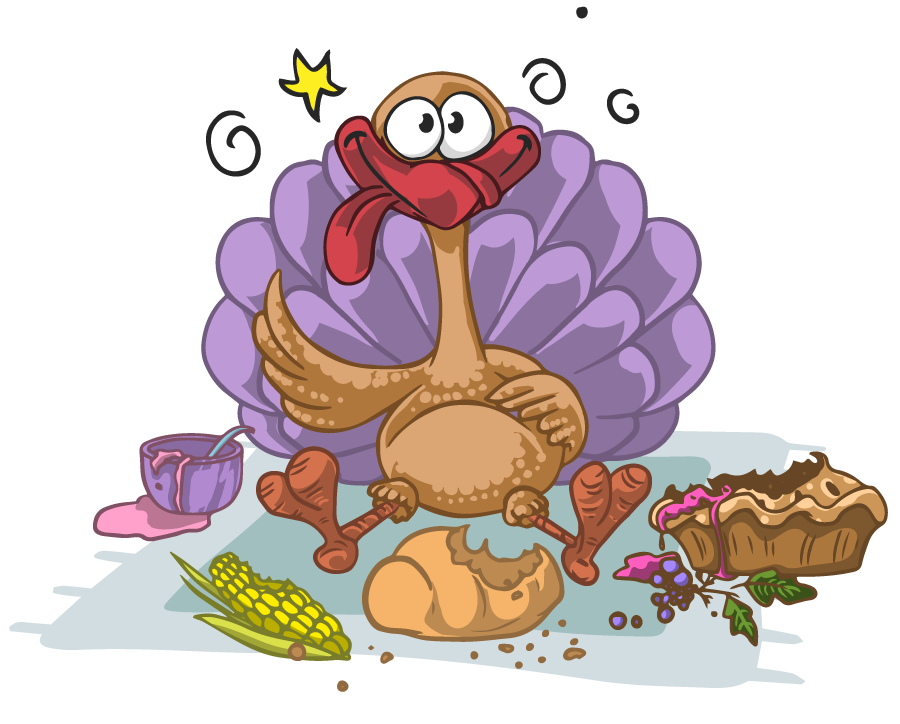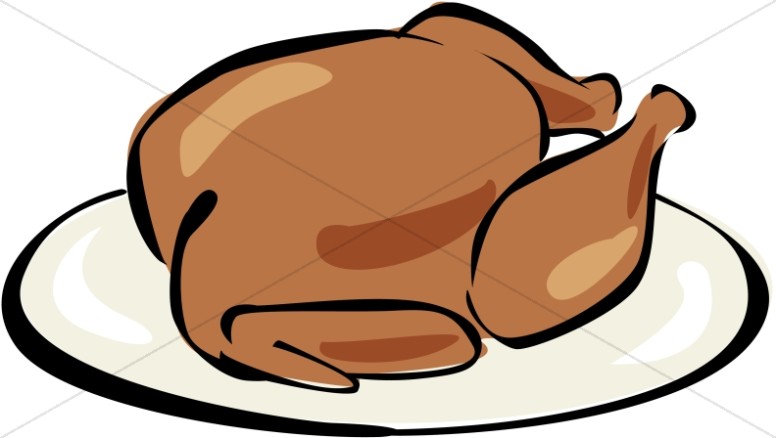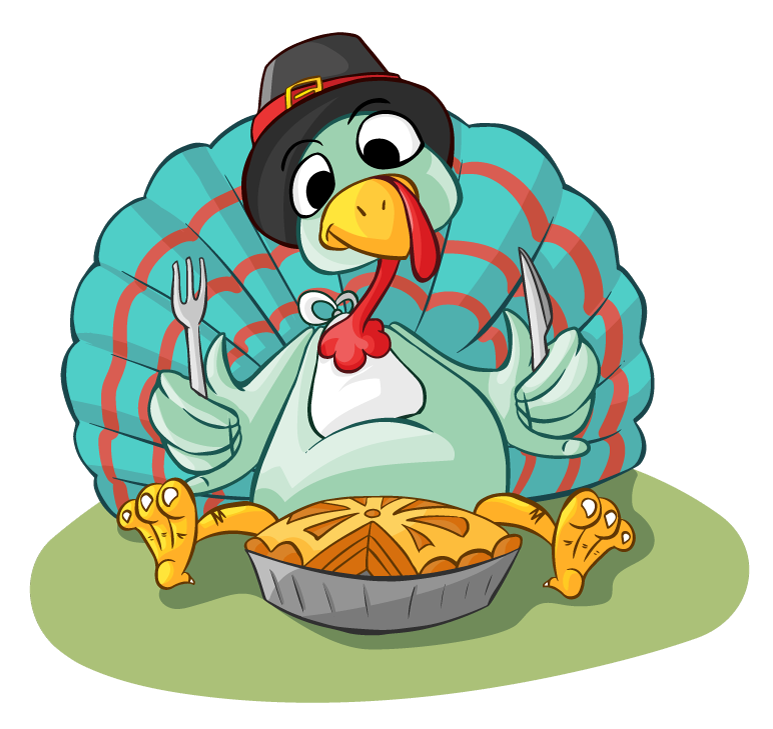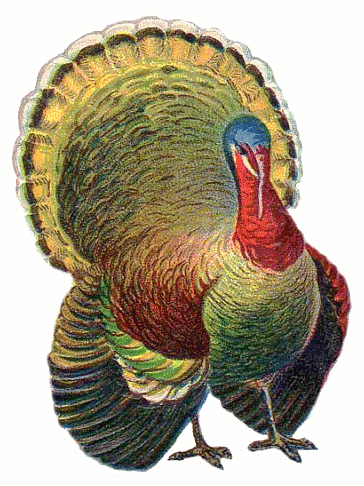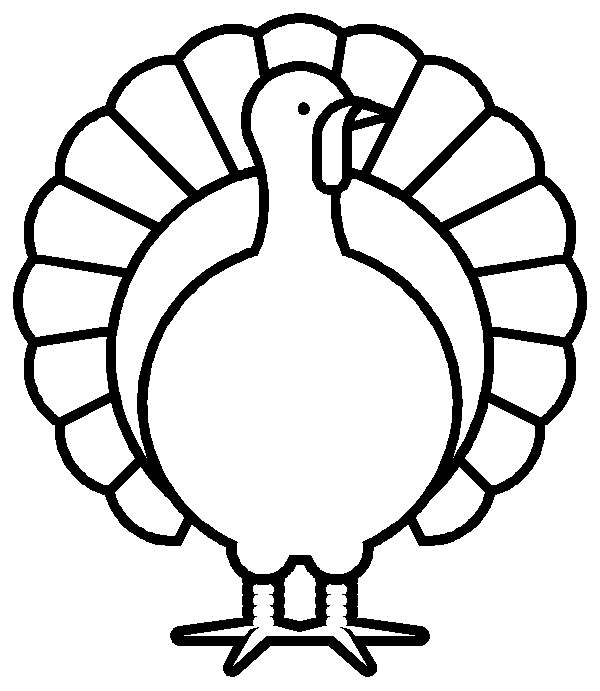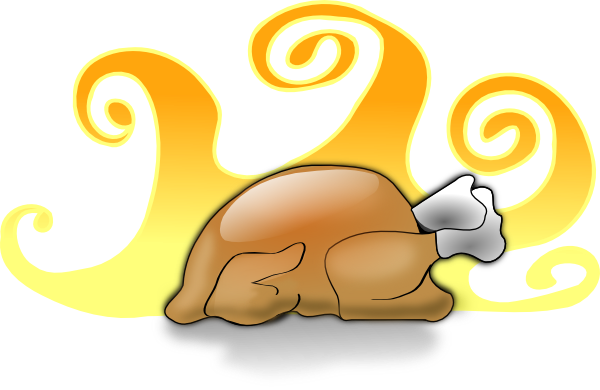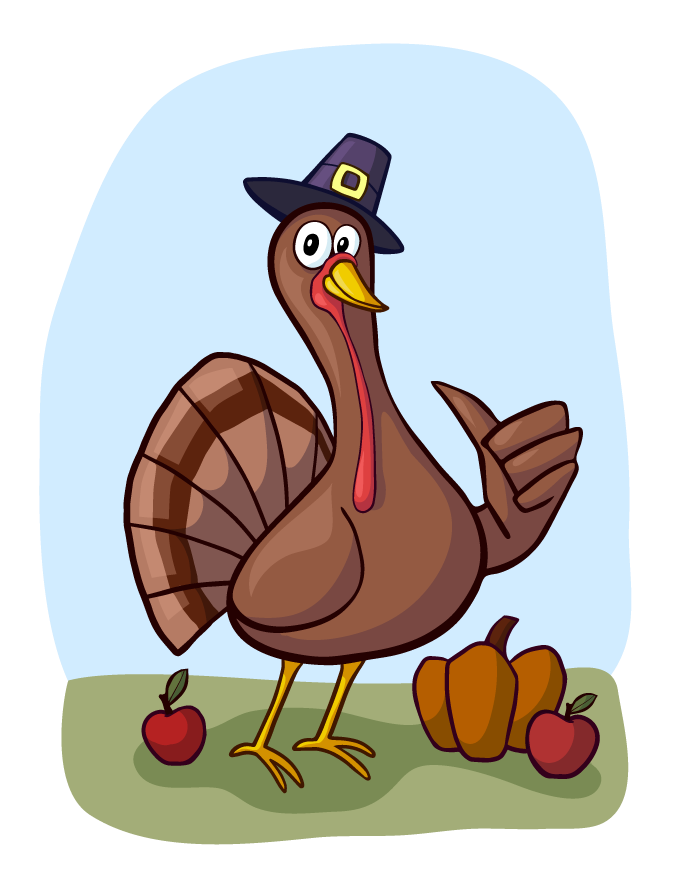Turkey Clip Art
Turkeys are large birds native to North America. They were an important part of the diet for Native Americans who hunted wild turkeys prior to the arrival of Europeans in the 15th century. The Aztecs in Mexico also domesticated a subspecies of wild turkey, the South Mexican turkey, around 800 BC.
When Europeans explored the Americas in the 16th century, they discovered the eastern wild turkey which was then imported and domesticated in Europe. This became the progenitor of most domestic turkey breeds today. The turkey was then exported back to North America for commercial production due to its valuable meat.
Turkey Breeds
There are several breeds of domesticated turkeys, bred for different qualities:
- Broad Breasted White – The most common commercial breed, it has a large, plump body and white feathers. This breed grows very fast and produces a lot of breast meat.
- Bourbon Red – A smaller, dark red-feathered turkey with more traditional flavor. It has darker, more flavorful meat.
- Royal Palm – A small, ornamental heritage breed with attractive white and black patterned plumage. It is kept for decoration or hobby farming.
- Narragansett – An old heritage breed with colorful bronze feathers, it has a robust flavor but smaller size compared to commercial turkeys.
Turkey Biology
Turkeys have features typical of pheasant-like birds. They have a long, fleshy neck; a fan-shaped tail; and mainly brown and black iridescent feathers. The head has fleshy growths called caruncles and snoods. The male (tom turkey) is larger and much more colorful than the female (hen turkey).
Wild turkeys nest on the ground in forests and grasslands. Hens lay 4-17 eggs over 10-12 days in early spring. The eggs hatch after 28 days. Young turkeys (poults) follow their mother who teaches them what to eat.
Turkey Farming
Turkeys are farmed intensively for their meat. Commercial breeds like the Broad Breasted White grow rapidly, reaching market weight of 18-25 pounds in just 4-5 months with abundant feeding. Turkey production evolved from backyard flocks to large industrial scale farms today housing over 10,000 birds in climate controlled barns. The main turkey producing states in the US are Minnesota, North Carolina, Arkansas and Indiana.
Hunting Wild Turkeys
Prior to domestication, wild turkeys were an important food source for Native Americans. They were hunted by slowly stalking and shooting them with bow and arrows. It takes skills to hunt wild turkeys even today. Their keen eyesight makes them hard to approach undetected. Hunters use turkey calls to mimic sounds to attract them. Special camouflage, decoys and hunting blinds help conceal the hunters.
Turkey Culinary Uses
Turkey is a popular meal due to its mild flavor and versatility. Common dishes are roast turkey, turkey sandwiches, ground turkey, turkey burgers, turkey bacon and sausage. Removing the feathers and preparing the carcass requires some skill. The average 15 pound turkey yields about 9 pounds of edible meat. The meat can be cooked in various ways – roasted, grilled, smoked or fried. Leftover turkey meat can also be used creatively in soup stocks, salads and more.
Turkey Symbolism
In the US, turkey has become symbolic of harvest and abundance. It acquired the main role at Thanksgiving feasts. Turkey artwork is also common decoration reflecting this tradition. Native Americans also saw turkeys as smart animals playing roles in their folk tales. Turkey motifs can be found in Native arts and crafts.
Turkey Trivia
- Male turkeys puff up their bodies and spread their tail feathers to court females in an elaborate display called strutting. Their heads can change colors too.
- Turkeys love to dust bathe – covering their feathers in dust helps get rid of oil and parasites
- The loose red fleshy growth under a turkey’s neck is called a wattle
Turkey Clip Art
Turkey visual arts are popular especially around Thanksgiving season. Clip art features cartoon style, heritage breed and wild turkey designs. They may be used for party flyers, greeting cards, posters, online posts, bulletin boards, calendars, and stationery. Artists play with funny scenes like turkeys wearing pilgrim hats, holding plates with food, cornucopia horns and more.
Threats Facing Turkeys
Most domestic turkey breeds are able to thrive under farming conditions. However, commercial breeding has negatively impacted their health, survival and reproduction. Many have trouble naturally mating and lack maternal behaviors.
Wild turkeys faced severe declines and loss of habitat in the early 20th century. Conservation efforts helped their populations recover and expand back into historic ranges, aided by hunting limits and translocation programs. Climate change may impact their distribution in the future. Other threats are habitat loss as forests acreage declines
In this page clipartix present 68 turkey clipart images free for designing activities. Lets download Turkey Clip Art that you want to use for works or personal uses.
